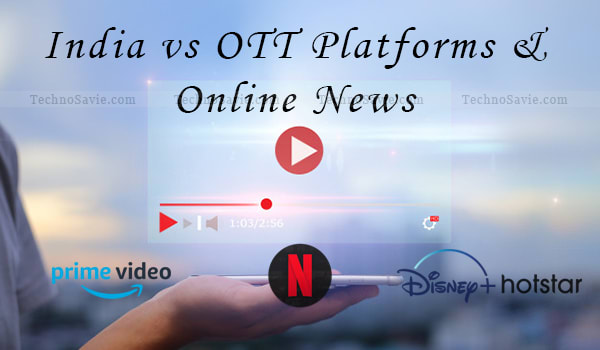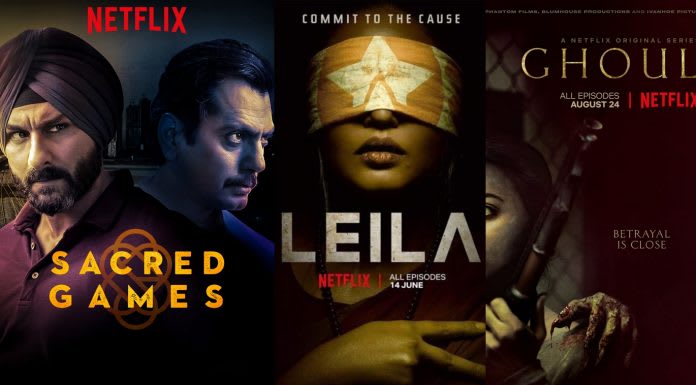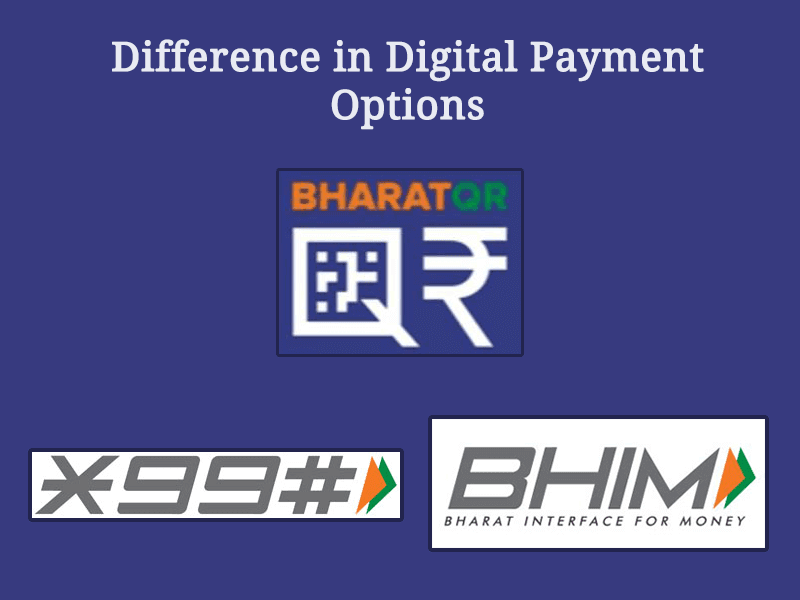
Welcome to another acidic but positive effort 🔨! The Government of India (GoI) has presented a Deepavali gift 🎁 to online news portals & content providers by curtailing their independence. From now onwards, the Over-the-top (OTT) platforms, or video streaming 🎵 service providers such as Netflix, Amazon Prime Video, Disney➕ Hotstar, Zee5, and other OTT platforms, will be under the clutches of the Union Ministry of Information and Broadcasting (MOI&B).
Hence, these OTT platforms will likely have to get content certified and approved by the Indian government.
The new rules have amended the Government of India (Allocation of Business) Rules of 1961 and come into effect immediately. These rules are referred to as the Government of India (Allocation of Business) 357th Amendment Rules, 2020.
I am making my readers clear that to date there is no law or self-regulatory body governing on the lines of the Press Council of India (PCI) to certify the releasing content on digital platforms such as Netflix, Hotstar, and Sony Live…
We must enrich our knowledge by realizing who regulates print media, news channels, advertisements, etc., before jumping to conclusions on the topic. Why do wait, let’s explore…
Who Regulates What?
| 1 | The Press Council of India (PCI) looks after the print media. |
| 2 | The television news channels come under the preview of the News Broadcasters Association (NBA). |
| 3 | The Advertising Standards Council of India (ASCI) regulates the content of the advertisements. |
| 4 | The Central Board of Film Certification (CBFC) monitors films. |
| 5 | The Press Council of India (PCI) looks after the print media. |
Hence, if some barriers arrive on an independently working style of OTT platforms then it’s quite possible that no one feels well. Thereby, some have also been opined that the new rules would ruin the quality of content on OTT platforms and the creativity of online news portals will also get wrecked. The matter of concern is wide and hence has both positive & negative thoughts in the public domain. Lets’ now check the excerpts of these thoughts on the basis of the public.
OTT Platforms: Opinion
Some are appreciating the move (👍) as they thought these rogue digital media platforms have caused great damage to India, they need to be regulated. Most of us as well as our government has concerns over growing obscenity, fake news, and provocative writings on these platforms.
Example: Many people criticized the content of some of the online series such as Leila, Sacred Games, Ghoul, and Delhi Crime, which created dissent among the public. There are also many other complaints against violence and intimacy scenes in many such OTT series and films.

To date, just like in Parliament, opposite thoughts (👎) still exist in our country. They are feeling the decision will soon curtail democracy & freelance journalists have danger in the future.
Though, at some point in the future, the story will be ended by the public. Now, move on to our official story!
Gazette Disclosure
In a gazette notification issued on 11th November 2020 and signed by President Ram Nath Kovind: Online films, digital news, and current affairs content now come under the purview of the I&B Ministry headed by Mr. Prakash Javadekar. The move will give the government control over OTT platforms, which were unregulated till now. The government regulations will also apply to the news on social media platforms such as Facebook, Twitter, and Instagram.
Ultimately, without any hotchpotch, films, audio-visuals, and news and current affairs content on online platforms will come under the domain of the ministry. Before moving on to the story of OTT code & Govt. approach to regulating online content & news, let’s figure out what actually OTT is 🤔?
What is OTT?
OTT (or Over-The-Top) is a streaming media service offered directly to viewers via the Internet. Its services are typically accessed via:
- websites on personal computers,
- apps on mobile devices (such as smartphones and tablets),
- digital media players (including video game consoles),
- or televisions with integrated Smart TV platforms.
OTT Platforms
These platforms offer audio or video streaming services that deliver content over the internet. Its journey started as a content hosting platform but soon branched out themselves into the production and release of:
- short movies,
- feature films,
- documentaries,
- and web-series.
Most of the OTT platforms – Hotstar, Voot, SonyLIV, Eros Now, etc. -usually offer some content for free and charge a monthly subscription fee for premium content from its viewers. The premium content is usually produced and marketed by the OTT platform themselves, in association with established production houses that have made web-series, movies, documentaries, etc.
Read More 👉 Estonia vs India: Free Internet plus Zero Cyber Crime
Story: OTT Code & Govt Refusal
In January 2019, 8 video streaming services — Hotstar, Voot, Zee5, Arre, SonyLIV, ALT Balaji, Netflix, and Eros Now — had signed an 8-page self-regulatory code that laid down a set of guiding principles for content on these platforms. The code adopted by the OTTs prohibited five types of content. These are as follows:
| S.No | Code |
|---|---|
| 1 | Content that deliberately and maliciously disrespects the national emblem or national flag. |
| 2 | Any visuals or storylines that promote child pornography. |
| 3 | Any content that maliciously intends to outrage religious sentiments. |
| 4 | Content that deliberately and maliciously promotes or encourages terrorism. |
| 5 | and lastly, content banned for exhibition or distribution by law or a court. |
Therefore, the code ensures an environment that protects the artistic vision of content producers, so that their work can be seen by their fans and, at the same time, consumers are empowered in their viewing choices. Though, the Ministry of Information & Broadcasting (MOI&B) expresses dissatisfaction & refused to support the self-regulation code of streaming services operating in India.
How does Govt. propose to regulate news & OTT online?
The move hasn’t come immediately or in hurry. The government has shown its intentions before & after the OTT code (which you read above) & then in:
| October 2019 | The government indicated that it will issue a “negative” list of don’ts for the video streaming services like Netflix and Hotstar. It also wanted the platforms to come up with a self-regulatory body on the lines of the News Broadcasters Standard Authority (NBSA). |
| October 2020 | The Supreme Court of India (SCI) had sought the Centre’s response on a Public Interest Litigation (PIL) for regulating OTT platforms such as Netflix and Amazon Prime Video by an autonomous body. The PIL stated that digital content on these platforms is made available to the public at large without any filter or screening. |
A bench comprising Chief Justice SA Bobde and Justices AS Bopanna and V Ramasubramanian had issued notices to the central government, Ministry of Information and Broadcasting (I&B), and Internet and Mobile Association of India(IAMAI).
Hence, the public can say the Govt’s positive decision has again come through the bypass of the Supreme Court after the Ayodhya verdict. But, the truth will always be the truth, regardless of lack of understanding, disbelief, or ignorance.
In the present scenario, I sense the golden words of Albert Einstein that will practically work in the future for our nation –
Intellectuals solve problems, geniuses prevent them.
To get all the latest tech news, like us on facebook and follow us on twitter, instagram & LinkedIn. |






